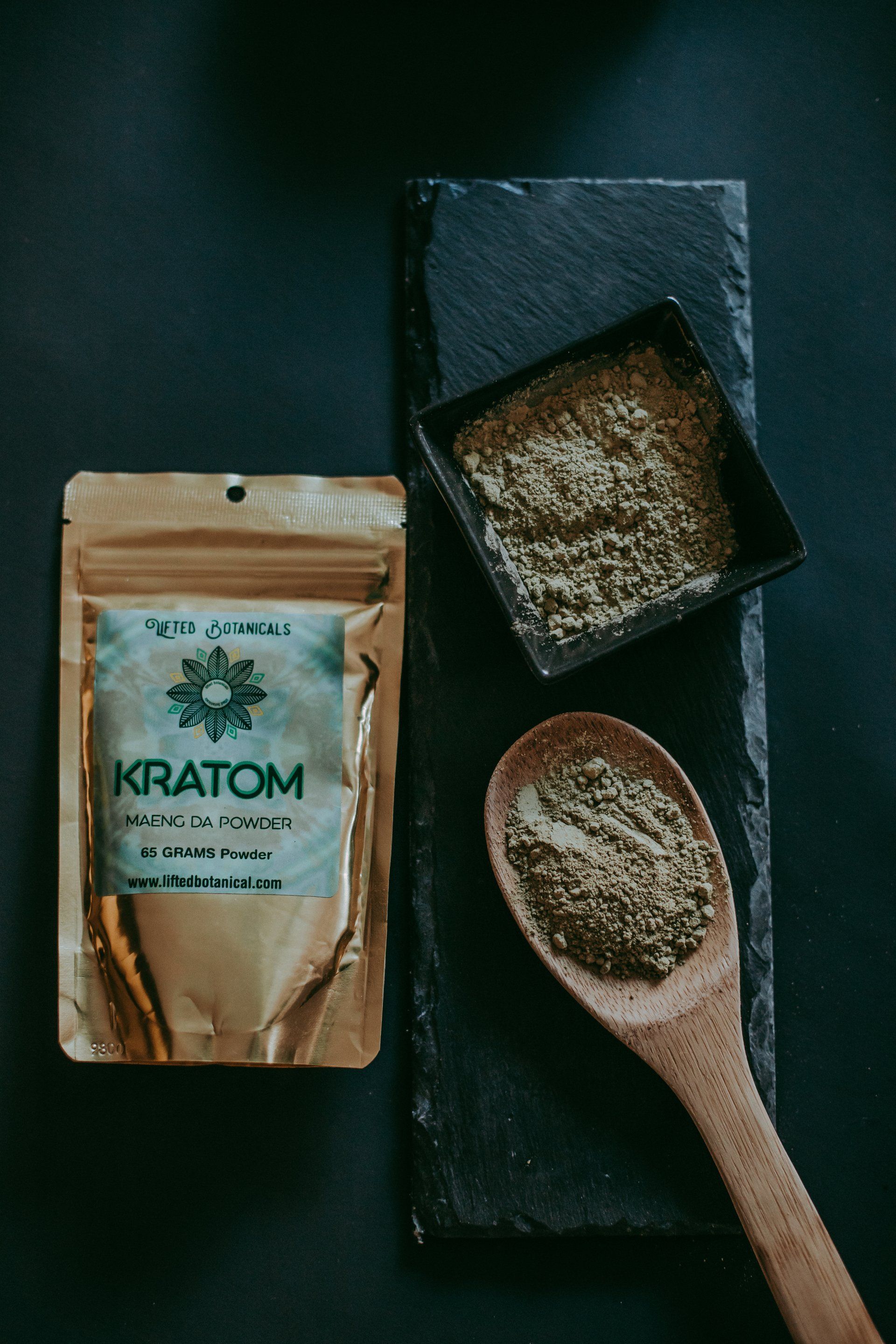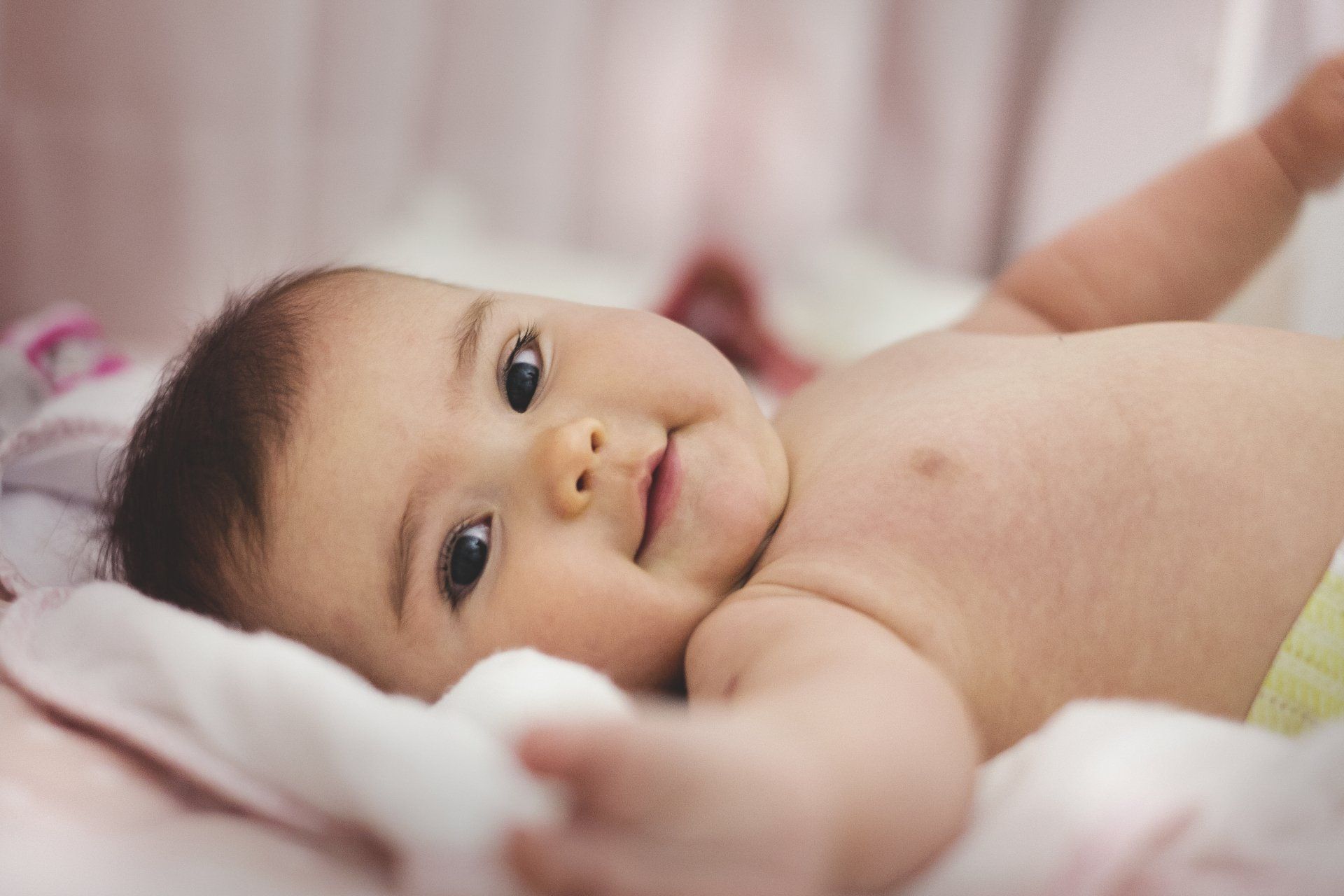Kratom-What is it ?
Stefani LaFrenierre • May 6, 2022
A Review of Kratom and Recommendations for Detox

What is Kratom?
- Kratom is a tropical tree (Mitragyna speciosa) native to Southeast Asia with leaves that contain compounds that can have psychotropic effects.
- Kratom is not currently an illegal substance and has been easy to order on the internet. It is sometimes sold as a green powder in packets labeled "not for human consumption." It is also sometimes sold as an extract or gum.
How is it Used?
- Many people try Kratom to manage symptoms of chronic pain, depression, anxiety, or for the same effects provided with opiate and/or stimulants.
- Route: pill, capsule, or extract, chew kratom leaves or brew as a tea, leaves can be smoked or eaten
- 1 ounce = 28 grams
Why do people use Kratom?
- It causes effects similar to both opioids and stimulants.
- Mitragynine and 7-α-hydroxymitragynine are the active compounds that interact with mu-opioid receptors in the brain, producing sedation, pleasure, and decreased pain—>the same receptors targeted during heroin, oxycodone, and other pain pill use.
- Mitragynine--also interacts with other receptor systems in the brain to produce stimulant effects with dopamine and serotonin surges, and users report increased energy, sociability, and alertness instead of sedation.
Withdrawals
- Onset: 12-24 hours after last use
- Symptoms are similar to withdrawal from Opiates AND Stimulants:
- Runny nose
- Muscle aches
- Joint or bone pain
- Jerky movements of arms and legs
- Hostility
- Aggression
- Mood swings
- Hallucinations
- Delusions
- Confusion
- Seizures-rare
- Duration: peaks within 2-3 days and can last 3-10 days
- Cravings: may not ease for months
- Risk for dependence and potential withdrawal tends to increase at higher doses — usually 5 grams or more taken more than 3 times per day
What are the options to Detox from Kratom?
- Detox protocols largely depend on the estimated amount being used prior to seeking help to detox
- COWS protocol to monitor severity of withdrawals is helpful, as symptoms closely mimic withdrawal symptoms seen in opiate use disorder.
- If LESS THAN 20gm of Kratom per day, then detox with an opioid partial agonist can be helpful
- Start with Suboxone 4/1 mg-8/2 mg buprenorphine-naloxone per day
- Detox with Suboxone over 3-7 days
- Medications like Lucemyra (lofexidine ) can be used if the individual is opposed to Suboxone, as well as alternative comfort medications commonly used in OUD withdrawals (clonidine, gabapentin, trazodone, quetiapine, to name a few)
- If MORE THAN 40 gm of Kratom per day, then higher doses of an opioid partial agonist can be helpful
- Start with Suboxone 12/3 mg-16/4 mg (buprenorphine-naloxone) per day
- Detox with Suboxone over 7 days
- Lucemyra unlikely to be helpful for severe withdrawals at this level of use
- Comfort medications can be helpful in combination with an opioid partial agonist.
- Cravings: maintenance with an opioid partial agonist (i.e. Suboxone) may be needed in high frequency users due to prolonged cravings that can last months and risk of relapse.
Other Considerations: some people experience severe psychiatric symptoms, including depression, apathy, anhedonia (loss of pleasure in all things), loss of libido (sex drive), and even psychotic symptoms. For these patients a psychiatric consult would be recommended to determine if psychotropic medications might be helpful to manage mental health symptoms.
References
https://www.drugabuse.gov/publications/drugfacts/kratom
https://www.health.harvard.edu/blog/kratom-fear-worthy-foliage-or-beneficial-botanical-2019080717466




